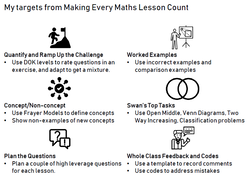
I am interested in the level of question I use in exercises I set. Over the last couple of years I have focused on breaking skills down into the micro skills needed to be successful, but there is certainly a danger that in doing this you actually remove all the challenge.
For the last year or so I have been embedding using example problem pairs in my teaching. I am at a point now where it is just how I teach, so I am looking to take them a little further.
Next year I will be teaching Year 7 for the first time in a while. Recently I have only been teaching IGCSE and IB level classes, and I am excited to have a non exam class. I am thinking I will try to make use of this strategy with this class.
- Introduce the new concept (eg improper fractions) through an example
- Use a sequence of examples and non-examples to show the concept, including boundary examples
- Ask students to come up with a definition
- After hearing some definitions, give the formal definition
- 'Test' students on some further examples
- Have students fill in a Frayer Diagram with the definition and their own examples and non-examples
As part of the Standard's Unit, several task types were identified as being good practice activities for students to wrestle with mathematical ideas. Not sticking to just these tasks, I want to incorporate the following task types into my teaching more often.
Open Middle style questions that have students place numbers in the boxes to create working questions, or to optimise results. These involve lots of practice, but also analysis of underlying connections and working systematically.
Maths Venns have students come up with mathematical objects to fit each of the regions of the diagram. These activities are accesible to all as you can just create an object and work out where it goes, but some strategic thinking is required to fill some of the regions.
Two way increasing diagrams are great to work with two related ideas. Students have to fill in the eight remaining boxes with mathematical objects that follow the required rules of increasing or decreasing by both column and row. The one shown above comes from Open Middle and uses a similar structure to their other problems where students have to use the numbers 1-9 once each for red and once each for blue, but you can also leave the other boxes empty, and remove that restriction
In much of my current planning I focus on my explanations, example problem pairs, and the questions students will answer in independent practice. What I have not thought much about before is planning questions to ask students as a whole class. Clearly this links to the ideas above, but I also went away and reread the excellent Thinkers from the ATM to get some inspiration for this target.
I have already started to implement this one in my teaching, which is actually two related ideas. When marking work I have always used some abbreviations for common mistakes (e.g. 3sf for "You should have rounded this answer to 3 significant figures"), but I have now put together an A5 sheet with a list of these codes that I use.
With so many amazing ideas in this amazing book, there is bound to be something for every Maths teacher. But as McCrea herself says, it is best to focus on a couple of strategies and then embed them. So that is why I have chosen one from each section to work on over the next year.
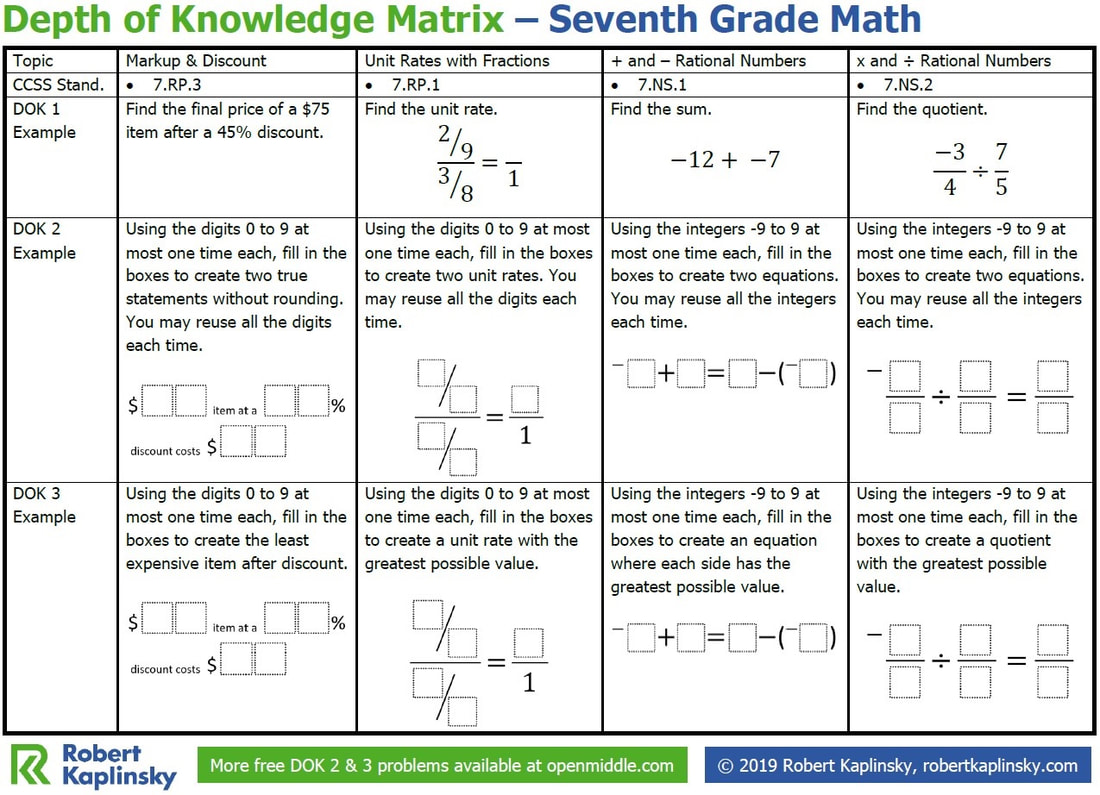

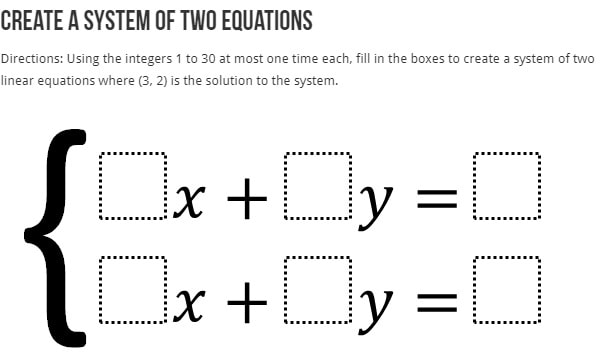
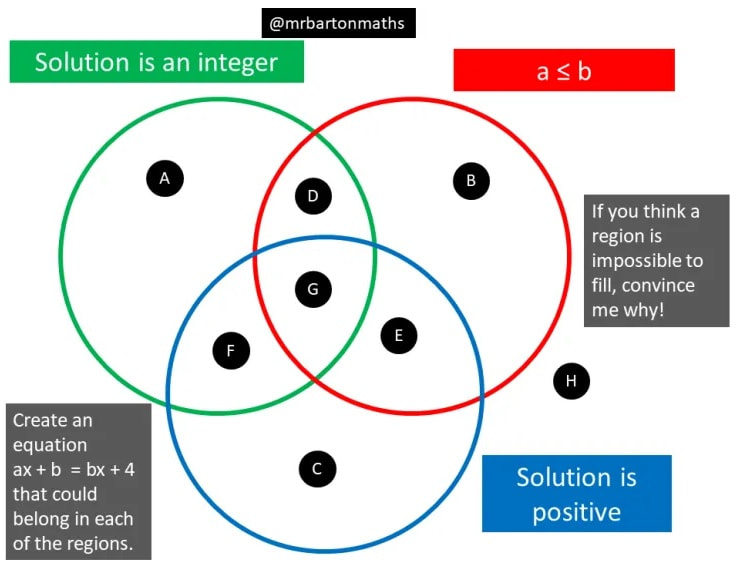
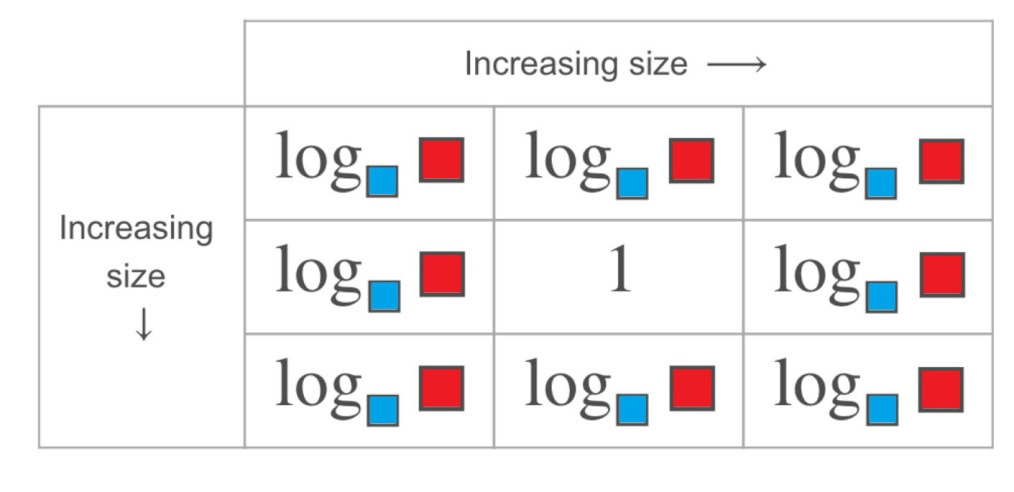
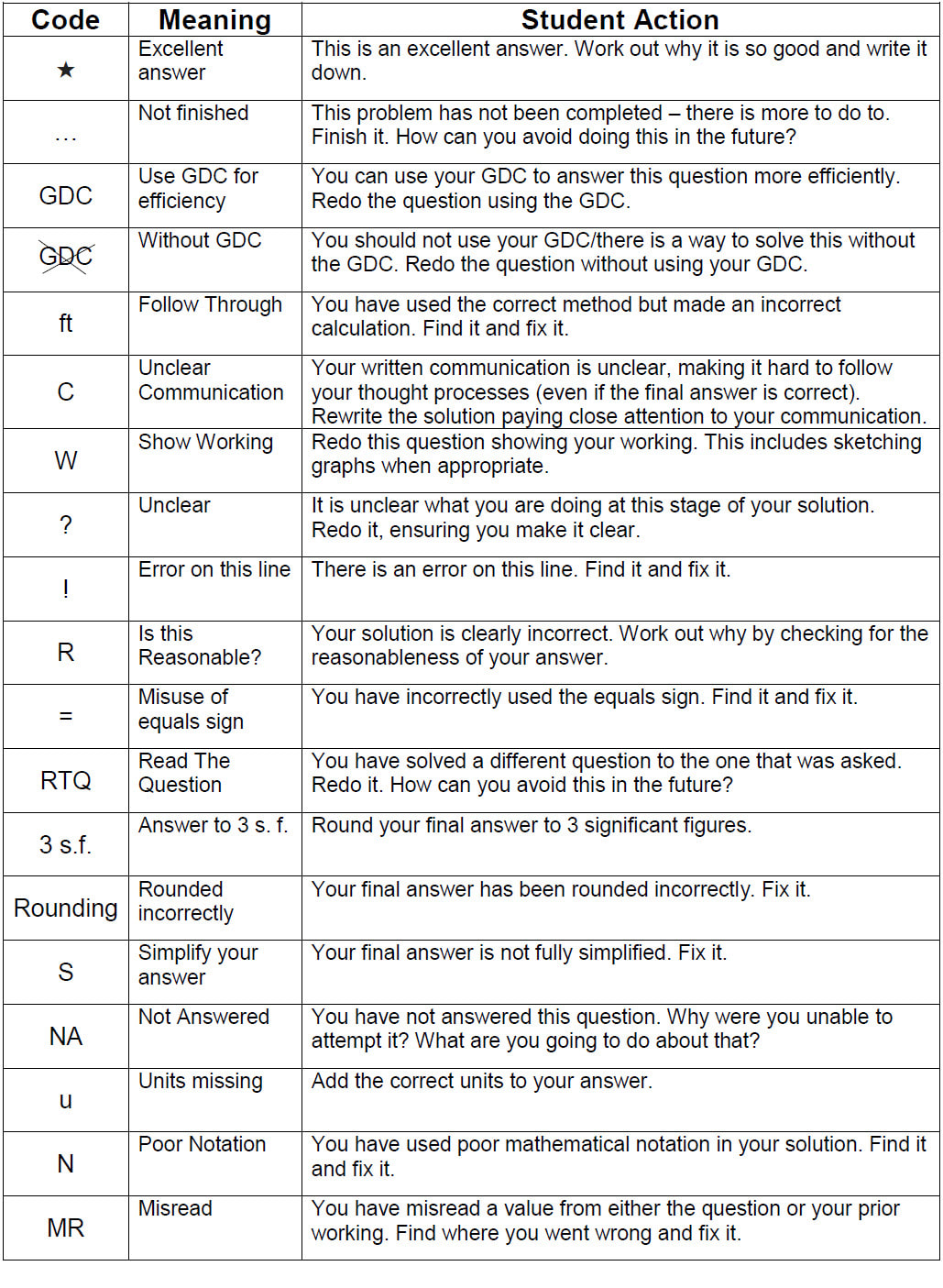
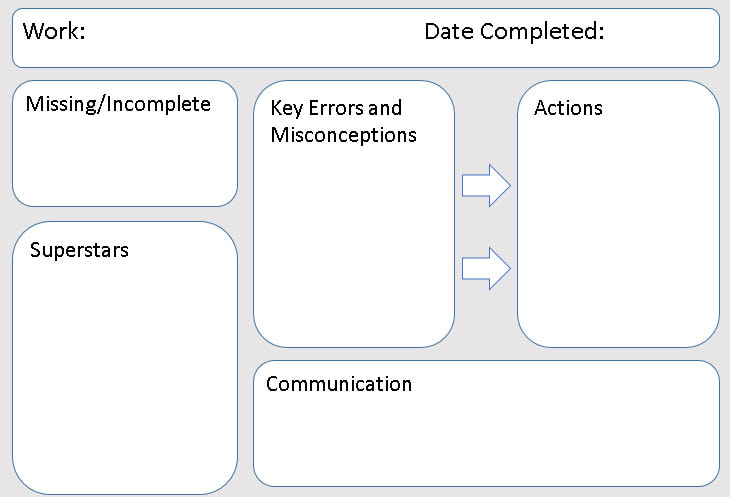
 RSS Feed
RSS Feed
